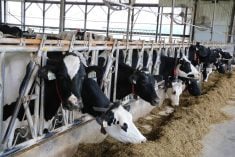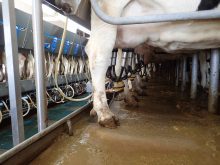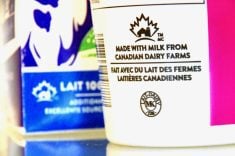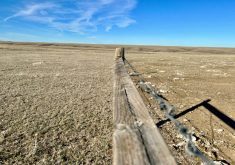Canada’s dairy farmers are wise to tread carefully as they consider how to position their industry in the face of rising imports due to trade and technology.
The oh-so-tempting reaction that comes immediately to mind would be to seek replacement of the sector’s protective tariff wall, which is gradually being eroded, with a non-tariff barrier built around the fact that U.S. dairy farmers have access to production aids that are not approved in Canada.
On the surface, the fact that that technology, recombinant bovine somatotropin (rBST), continues to be controversial two decades after it was introduced in the U.S. and rejected by Canada, makes blocking it at the border appear deceptively rational.
Read Also
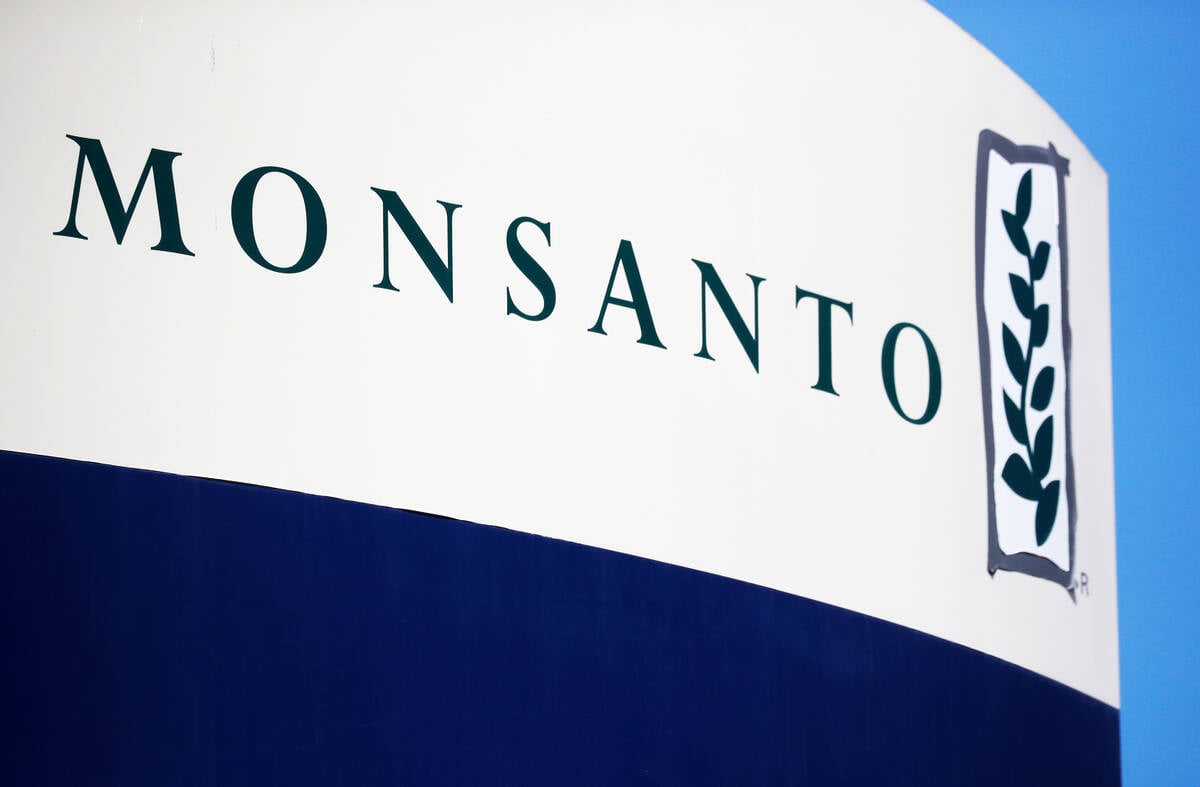
Roundup retraction makes public trust ripples
A foundational study on glyphosate safety was recently retracted, while Roundup maker Bayer has already said it may ditch the key agricultural herbicide after lawsuits piled up.
After all, the U.S. along with many of Canada’s trading partners, refuses to accept agricultural products produced with production aids such as pesticides or growth implants that are not approved for use by their own farmers. Why should Canada be any different? Or Canadian producers could seek to have imported milk products produced using rBST labelled, similar to the campaigns to label foods produced with GMOs.
The other temptation is to take the A&W approach and market based on what the food doesn’t contain, instead of what it does.
For the industry to adopt any of these tactics would be short sighted and likely to fail.
First of all, it’s important that any industry faced with the need to continuously adapt to keep the door open to what science has to offer.
Health Canada refused to allow the use of rBST in Canada in 1999, not because it posed a risk to human health, but because of the documented risks to animal health — namely a 25 per cent increase in the incidence of mastitis — which implies higher usage of antibiotics, a 40 per cent reduction in a cow’s fertility rate, and 55 per cent increase in lameness.
We are not suggesting that rBST, which increases a cow’s milk production by 11 to 16 per cent, offers any kind of solution to the escalating pressures on Canada’s dairy farmers. In fact, as technologies go, it’s probably due for a rethink. Surveys suggest that it is now used on less than 20 per cent of U.S. farms. As well, many retail labels have moved to offering product lines that are rBST free.
Canada’s other main competitors in dairy, including New Zealand, Australia and the EU, don’t use it at all.
But science must be allowed to evolve. The day may come when rBST or something like it becomes more palatable. For example, it helps the dairy industry reduce its environmental footprint. Nitrogen and phosphorus secretions are reduced and the cows receiving these injections require less feed. These herds can produce the same amount of milk with eight per cent fewer cows than conventional operations and 25 per cent fewer cows than organic pasture-based operations.
Secondly, attempting to block or label rBST at the border would set the stage for a protracted trade dispute akin to Canada’s fight with the European Union over bovine growth hormones and with the U.S. over country-of-origin labelling. They cost a lot to fight and Canada knows from its experience on the other side of the dispute that it would likely lose.
The difference, however, is that unlike the EU and U.S., Canada is too small an economic power and too dependent on trade to ignore the rulings when it loses.
The third point we make is that the challenge facing Canadian dairy farmers is to appeal to Canadian consumers on the basis of value instead of price. Value encompasses a much broader spectrum than production efficiency.
It can mean local for some, animal welfare for others, and increasingly, environmental sustainability for all.
When borders slammed shut and Canada’s beef industry faced decimation by the bovine spongiform encephalitis crisis of 2003, Canadians rallied to support ‘their’ beef farmers.
Many Canadians would do the same for their dairy producers — provided they are given the reasons and a mechanism for doing so.
That mechanism already exists, the Blue Cow logo, that tells anyone buying dairy they are getting real milk or cream produced by Canadian dairy producers. The sector is now moving to associate that with a fully traceable and audited quality control system like no other — which means it can be trusted.
Technology, in the form of milk proteins, and trade in the form of CETA and TPP, have upped the pressure on Canada’s supply management sector. The federal government wouldn’t be investing $4.3 billion in the sector if it didn’t think the coming rise in imports weren’t going to hurt.
The biggest pitfall in taking a defensive stance in the face of all this is that it offers up the illusion that the sector doesn’t have to change — when change it must.




